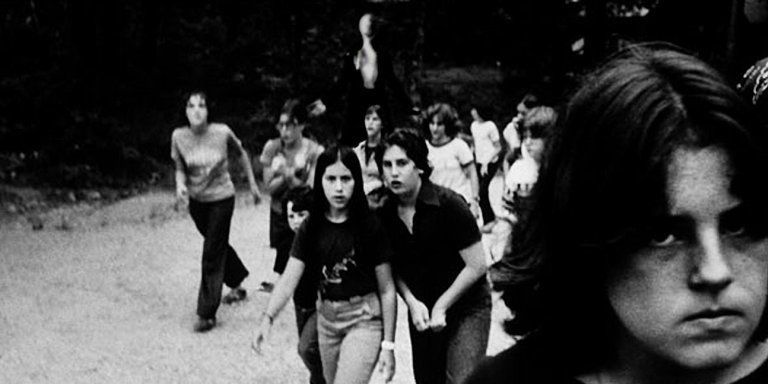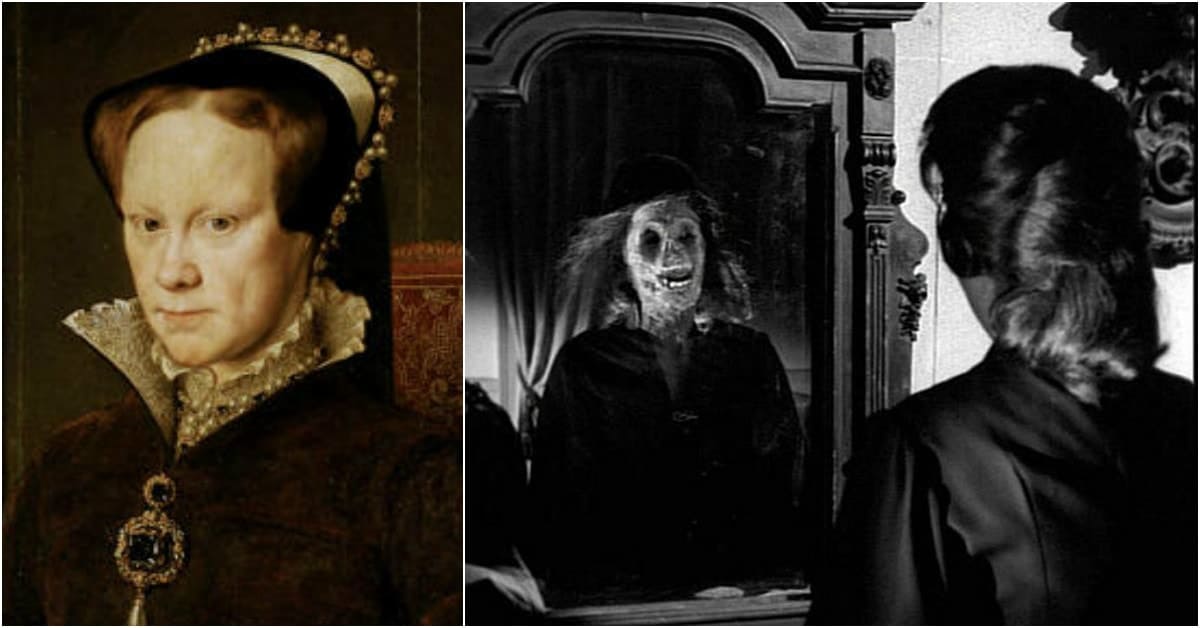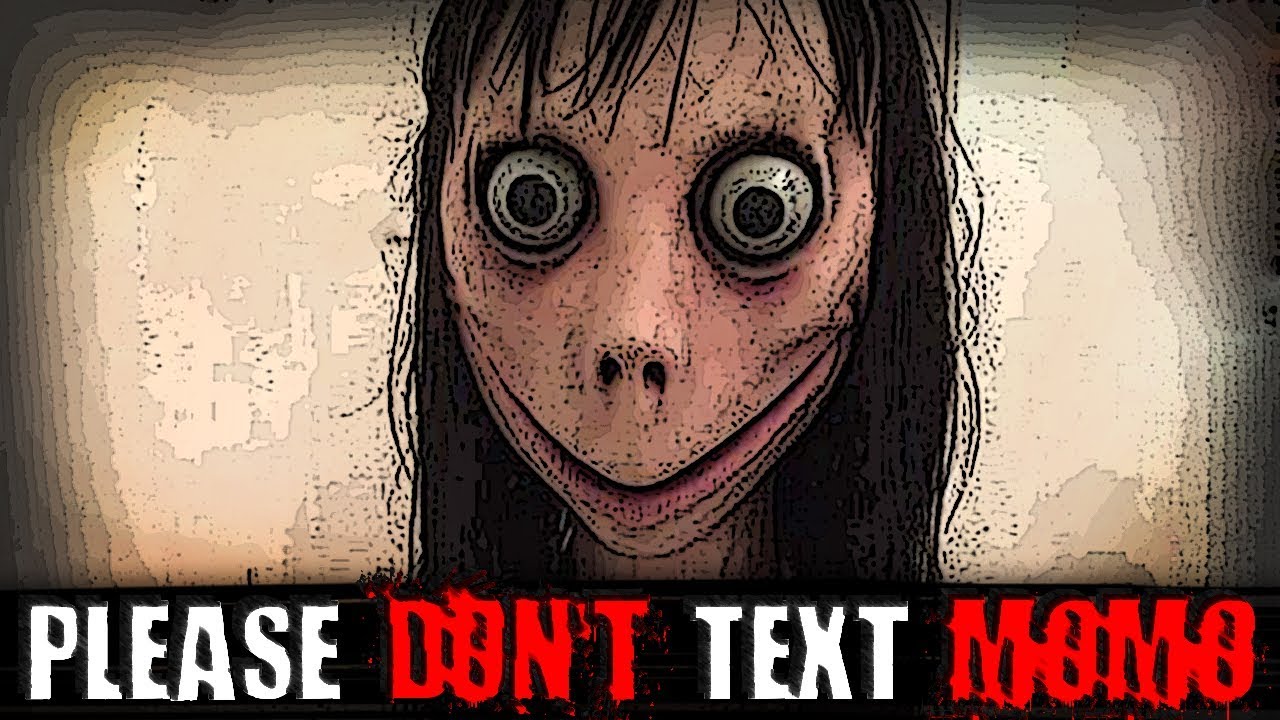With the release of Sony’s Slender Man film, it’s difficult to argue that creepypastas haven’t gone mainstream. While folktales and urban legends have been around for centuries, the nature of the internet and social media has allowed these new web versions to go viral much faster than ever before. Because of this, many more people are aware of them and are drawn in. The question is, why do creepypastas succeed in captivating so many young people?
Origins
The term itself is an amalgamation of the words “creepy” and “copypasta”, which merely refers to message boards with copied and pasted messages/stories. They first emerged on sites like 4chain and Reddit in the early 2000’s, but many will also remember such email chains involving a ghost girl who would kill anyone who did not forward the email on to the next person. But now with social media dominating the digital landscape, it’s easy to find hundreds, even thousands of these on message boards, Facebook/Twitter posts, and even YouTube videos. Some have even gone so far as to create amateur short film adaptations.

Despite the technological aspect, the art of spreading allegedly true scary stories is nothing new. For generations these were passed down by word of mouth, some were written into books. Back then however, they were simply known as folktales, or urban legends. But the point was all the same: to fascinate and terrify an audience that yearned to believe in something mystical. It’s the reason why teenagers would stare a mirror in the dark and say “Bloody Mary” three times, long before the advent of the internet. And now that it’s evolved into creepypastas, it’s opened the floodgates for a million new boogeymen to emerge.

The Appeal
These tales are popular for the very same reason that horror films are. People, particularly young people, have a morbid curiosity and a predisposition to suspension of disbelief. What this results in is an interest in whether or not these are real. Most people know they’re fake, but not everyone does. Just like those chain emails, someone was always willing to forward them, just in case this was the one that’s actually true. And given the young age many kids begin to go on the internet, they’re just naïve and impressionable enough to believe it. It also provides a platform for creative minds to write their own stories and watch them spread.

The Potential Dangers
Most unfortunately however, creepypastas mixed with the impressionable nature of young teens can lead to disaster. In May 2014, national headlines were made when two 12 year old girls in Wisconsin stabbed their friend, believing that Slender Man had commanded them to do so, in order to prove their loyalty to him, and to join him in his mansion. Fortunately, the victim survived and has since made a relatively full recovery. Clearly this incident demonstrates how perilous these ideas can be with the wrong person. During the trial process it was revealed that one of the girls suffers from schizophrenia.
And while this does potentially absolve some guilt, it doesn’t make them any less threatening to someone with a condition like this. These girls truly believed Slender Man was real and that he wanted them to carry out this dreadful act. In a way, this goes one step further than a horror film, which doesn’t hide the fact that it’s a film with actors, writers, and a director. Because creepypastas purport themselves to be “factual”, people like this will be unable to tell the difference. There’s a compelling HBO Documentary about the incident, Beware the Slender Man from 2016.

Branching Into Other Media
It was because of this incident that there’s been a bit of backlash against the production of the upcoming Slender Man film. The father of one of the stabbing culprits called for a boycott and stated that it’s disgusting of Hollywood to cash in on something that led to tragedy. We can understand his sentiment, but the film is based on the mythos of Slender Man rather than the incident itself. And it’s hardly the first adaptation of that character into film. IMDB lists over five others, although this one is the biggest budgeted and most mainstream.
Creepypastas have also made their way onto Television with the Channel Zero, a horror anthology series on SyFy. Season 1 was inspired by the infamous “Candle Cove” story, and it did well enough to warrant three more. This allowed producers to adapt other stories such as, “No-End House”, “Butcher’s Block”, and “The Dream Door”. It’s an interesting concept to have a series inspired by these since there is such a vast myriad of them out there. When the series first debuted, some called it a ripoff of American Horror Story, but it may very well end up surpassing it in the end.

For some horror fans, it’s honestly refreshing to see films and TV based on creepypastas rather than reboots of existing properties. With the increase in demand for source material, and social media only growing, it’s safe to say that they aren’t going anywhere. Creepypastas will continue to haunt our screens, as well as our dreams for years to come.




